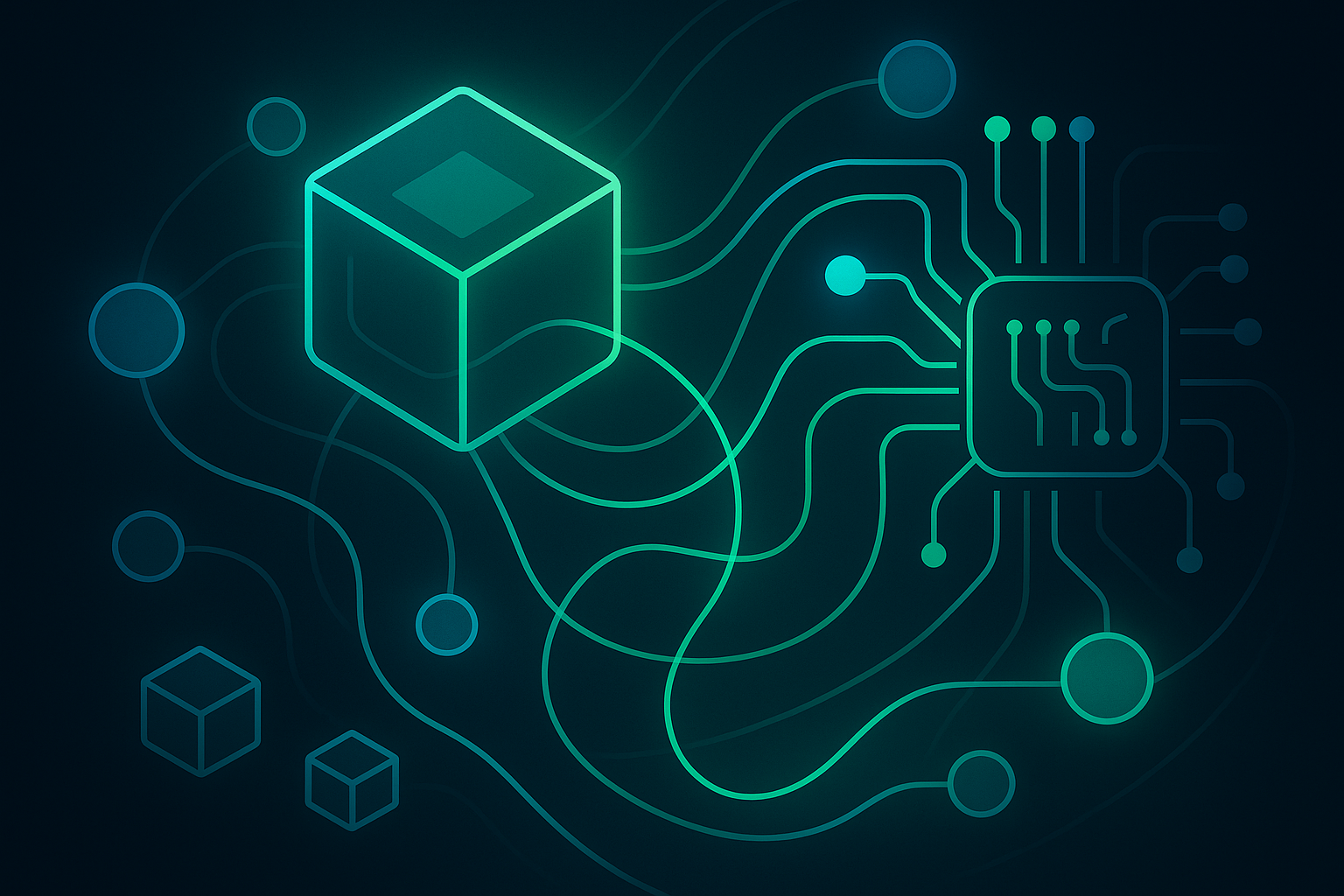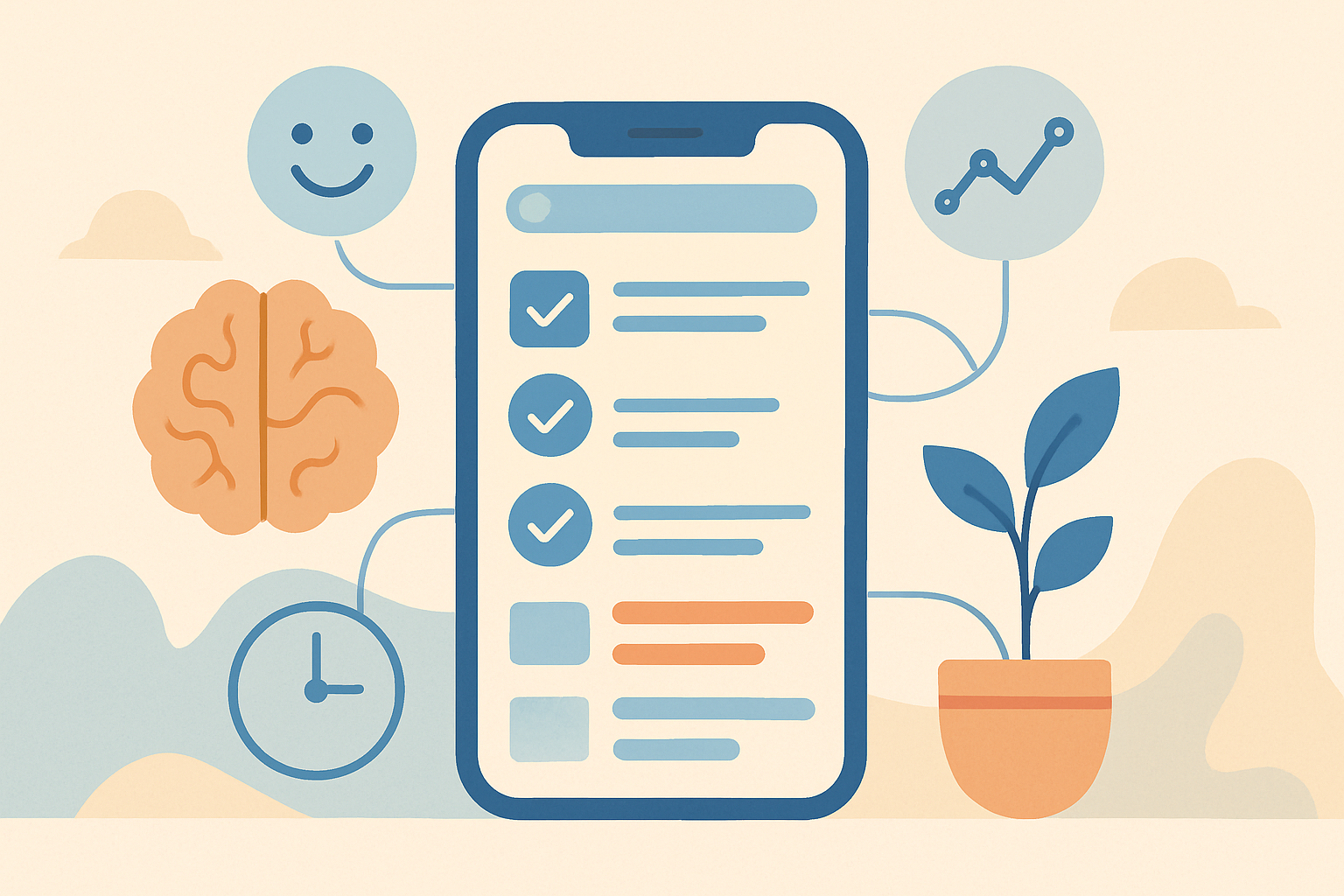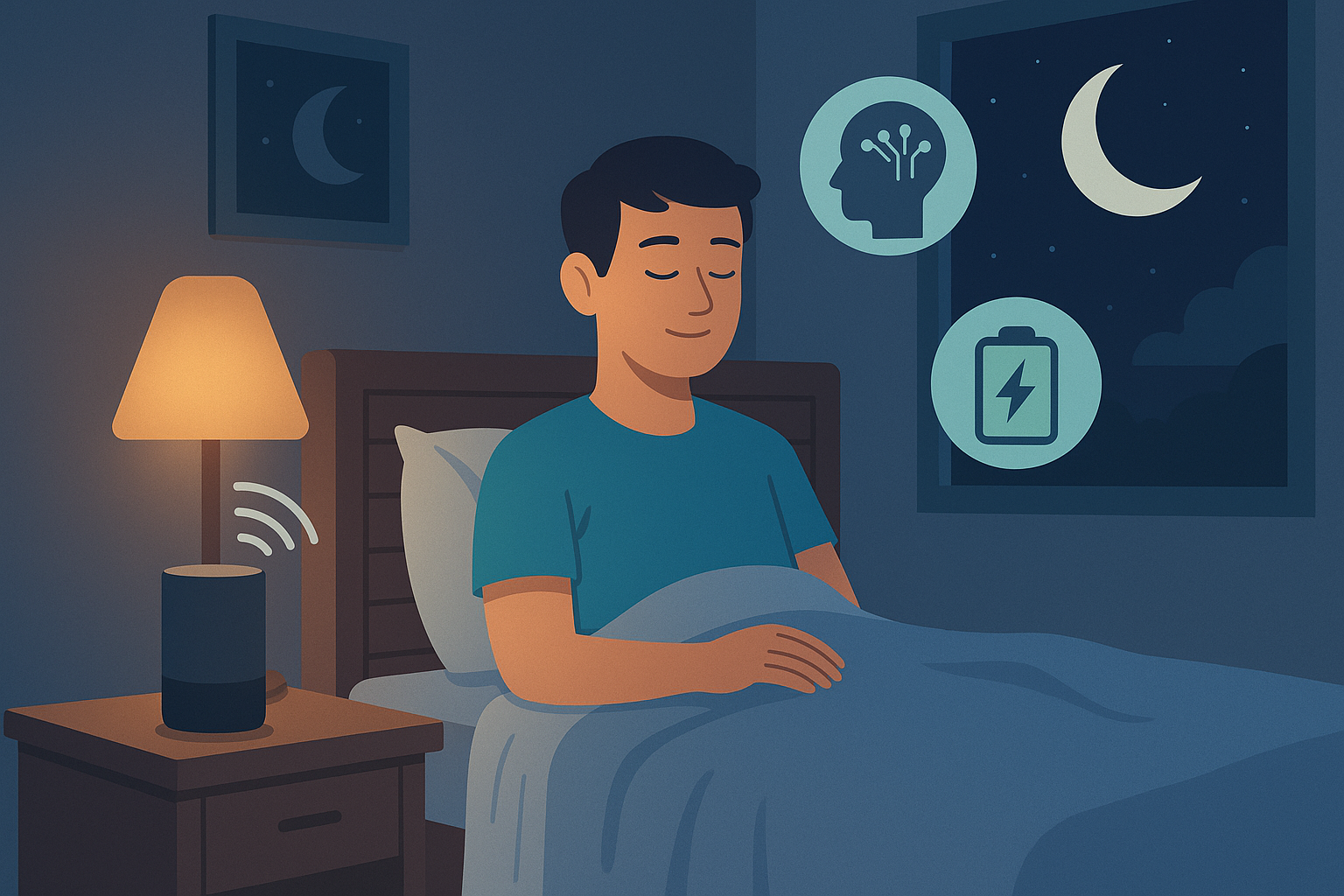Adaptive AI Systems. The next great leap in productivity isn’t about faster software — it’s about smarter adaptation.
Technology is finally learning to adjust to us, rather than the other way around.
This is the era of adaptive AI systems — intelligent frameworks that don’t just automate work but evolve with it.
These systems learn your rhythm, understand your habits, and reshape workflows in real time to balance focus, efficiency, and creativity.
The future of work is no longer static. It’s alive — adaptive by design.

The Evolution from Fixed Tools to Adaptive Intelligence
For decades, digital work has been ruled by rigid structures: fixed calendars, static to-do lists, and inflexible deadlines.
But real life — and real work — isn’t predictable. Priorities shift, creativity fluctuates, and unexpected challenges appear daily.
Adaptive AI systems solve this by introducing flexibility at the core of productivity.
They adjust in real time, learning from context instead of following preprogrammed rules.
In short, they think with you.
What Are Adaptive AI Systems?
An adaptive AI system is a dynamic framework powered by machine learning and contextual awareness.
It continuously analyzes data from your workflow — deadlines, meetings, focus hours, communication tone — and modifies processes to optimize for current conditions.
| Characteristic | Description | Example |
|---|---|---|
| Learning Loop | Learns from your behavior and feedback | Reclaim AI adjusts meeting times automatically |
| Context Awareness | Understands task relevance and urgency | Motion reshuffles your schedule dynamically |
| Predictive Adaptation | Anticipates needs before you act | ClickUp AI highlights upcoming bottlenecks |
Unlike static automation, adaptive systems are fluid. They don’t just execute — they interpret.
Why Adaptivity Matters in Modern Work
Traditional productivity tools force users to adapt to their limitations.
Adaptive AI systems, by contrast, evolve around the user.
They make work more human — not by removing effort, but by aligning effort with attention.
The modern professional faces three major challenges:
- Information overload.
- Constant interruption.
- Fragmented workflows.
AI solves this by creating an intelligent, responsive layer across all tools.
Your system learns when you focus best, when to schedule breaks, and when to reorganize priorities — automatically.
Example:
When you have back-to-back meetings, your AI system detects reduced deep work time.
It reschedules non-urgent tasks to the next morning and sends your team an automatic update — no clicks required.
That’s not just automation. That’s intuition in digital form.
The Core Components of Adaptive AI Systems
Every effective adaptive AI system relies on four integrated pillars:
| Pillar | Function | Tools / Examples | Outcome |
|---|---|---|---|
| Sensing | Collects behavioral and contextual data | Motion, Notion AI | Awareness of patterns |
| Processing | Interprets and categorizes signals | Reclaim AI, ClickUp AI | Dynamic prioritization |
| Adapting | Adjusts workflow in real time | Clockwise AI, Zapier + AI | Flexibility and balance |
| Learning | Improves through feedback loops | Mindsera, Mem.ai | Personal evolution |
When connected, these pillars form a self-learning ecosystem.
The system doesn’t just help you work — it helps you understand how you work.
A Day in the Life with Adaptive AI Systems
Imagine a designer running multiple projects across clients, deadlines, and meetings.
Morning:
Reclaim AI reorganizes their calendar after detecting a client cancellation.
It blocks a deep work window for creative focus — no manual planning needed.
Midday:
Motion tracks progress on design tasks and reprioritizes based on current load.
ClickUp AI summarizes ongoing feedback threads and generates next-step suggestions.
Afternoon:
Perplexity AI researches new design trends in the background, feeding relevant insights directly into Notion AI.
Evening:
The system analyzes the day’s performance, noting that focus quality dipped after 4 p.m.
Next week, it automatically shifts high-intensity work to the morning.
The workflow doesn’t just run — it learns.
The Benefits of Adaptive AI Systems
When applied correctly, adaptive AI systems transform productivity from a routine into a relationship — between human creativity and machine precision.
| Benefit | Description |
|---|---|
| Reduced Cognitive Load | AI removes decision fatigue by managing logistics. |
| Improved Time Balance | Systems optimize your day around natural focus patterns. |
| Personalized Workflows | Tasks align dynamically with energy and priorities. |
| Continuous Optimization | The system evolves weekly, just like its user. |
| Human-Centric Design | Workflows feel intuitive and emotionally sustainable. |
This is where technology stops being mechanical and becomes biological — a living system designed to grow with you.
Real-World Examples of Adaptive AI Systems
- Reclaim AI – Automatically manages meetings, breaks, and focus blocks using behavioral data.
- Motion – Reschedules tasks dynamically when priorities shift.
- ClickUp AI – Generates adaptive task suggestions and performance summaries.
- Mindsera – Tracks cognitive health and suggests adjustments to workload or reflection time.
- Zapier + AI – Connects all tools, creating real-time responsive automation.
These platforms represent the foundation of adaptive workflow ecosystems — responsive systems that learn in the background while you stay focused on creation.
Why Adaptive AI Systems Feel More Human
Humans are not linear. Our energy, creativity, and attention fluctuate constantly.
Adaptive AI systems mirror this rhythm.
They bend around human patterns instead of enforcing mechanical schedules.
That’s why the most advanced AI workflows don’t feel like software anymore — they feel like collaboration.
When machines take care of predictability, humans can finally focus on what’s unpredictable: ideas, imagination, innovation.
The Future of Adaptive Work
In the near future, adaptive AI systems will integrate emotional intelligence.
They’ll detect cognitive strain from text tone or typing speed, recommend breaks, and dynamically redesign your day to maintain balance.
Your work environment will become an adaptive ecosystem — a system that doesn’t demand, but understands.
This isn’t automation. It’s symbiosis.
The best systems won’t be the ones that work fastest — they’ll be the ones that work with you.
Conclusion
The rise of adaptive AI systems marks the beginning of a new paradigm — one where productivity adapts to humanity, not the other way around.
Workflows that once demanded constant control now evolve in harmony with behavior, intention, and energy.
The goal of AI is no longer to accelerate us, but to align us — creating work that flows as naturally as thought itself.
Because the smartest systems aren’t the ones that replace people.
They’re the ones that make people feel more human.
Further Reading & Related Insights
Internal link:
- Smarter Systems for a More Human Workflow — Explore how AI workflow systems bring clarity and balance to modern work.
External links:
Blog
This section provides an overview of the blog, showcasing a variety of articles, insights, and resources to inform and inspire readers.
-

AI Habit Tracking and the New Rhythm of Modern Self-Improvement
AI Habit Tracking. Progress used to depend on discipline. Now, it depends on data.…
-

AI Decision Making and the New Discipline of Intentional Living
AI Decision Making. Every “yes” has a cost. Every time you agree to something…
-

The Perfect AI Night Routine to Sleep Better and Think Smarter
AI Night Routine. Your morning doesn’t begin when you wake up — it begins…
